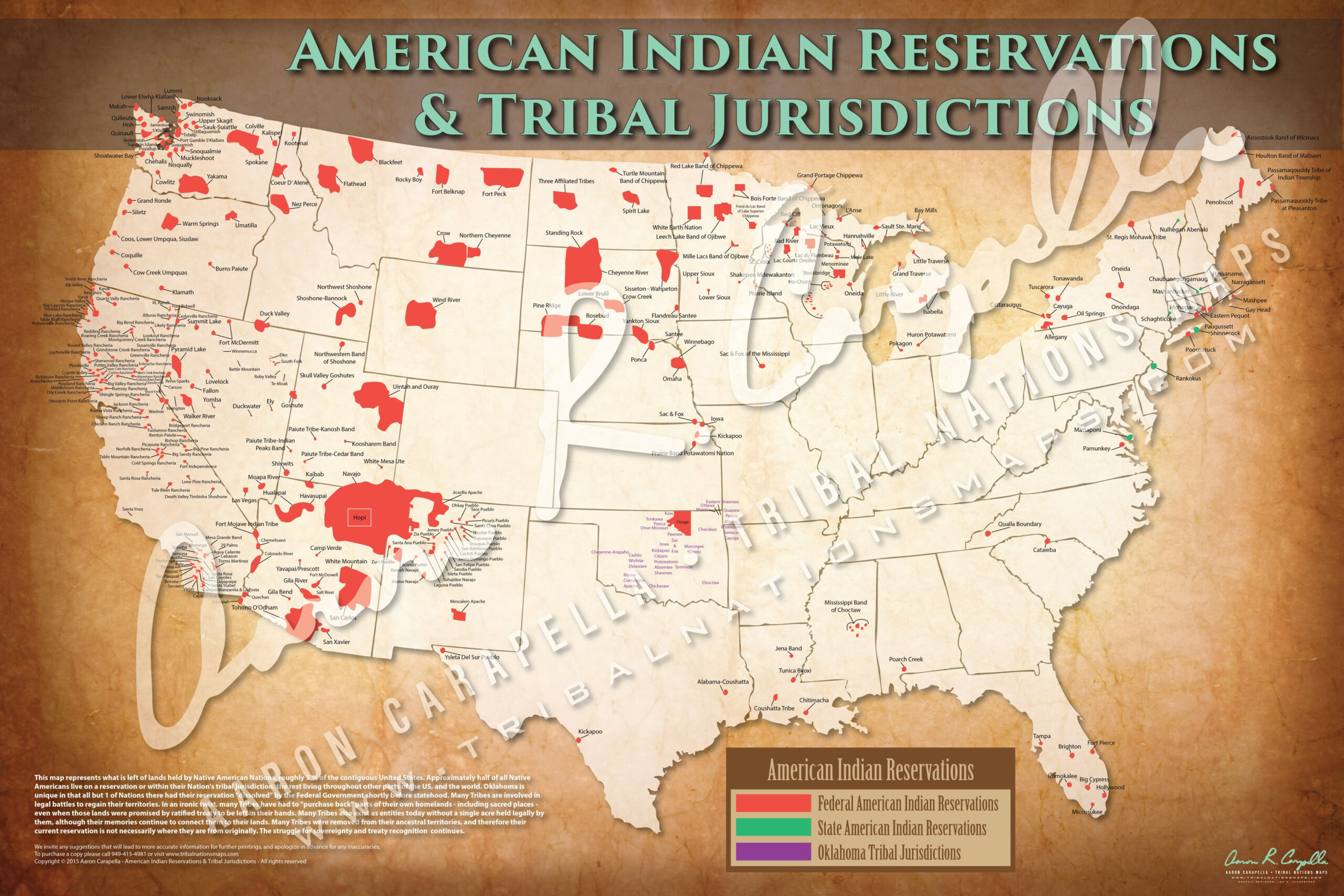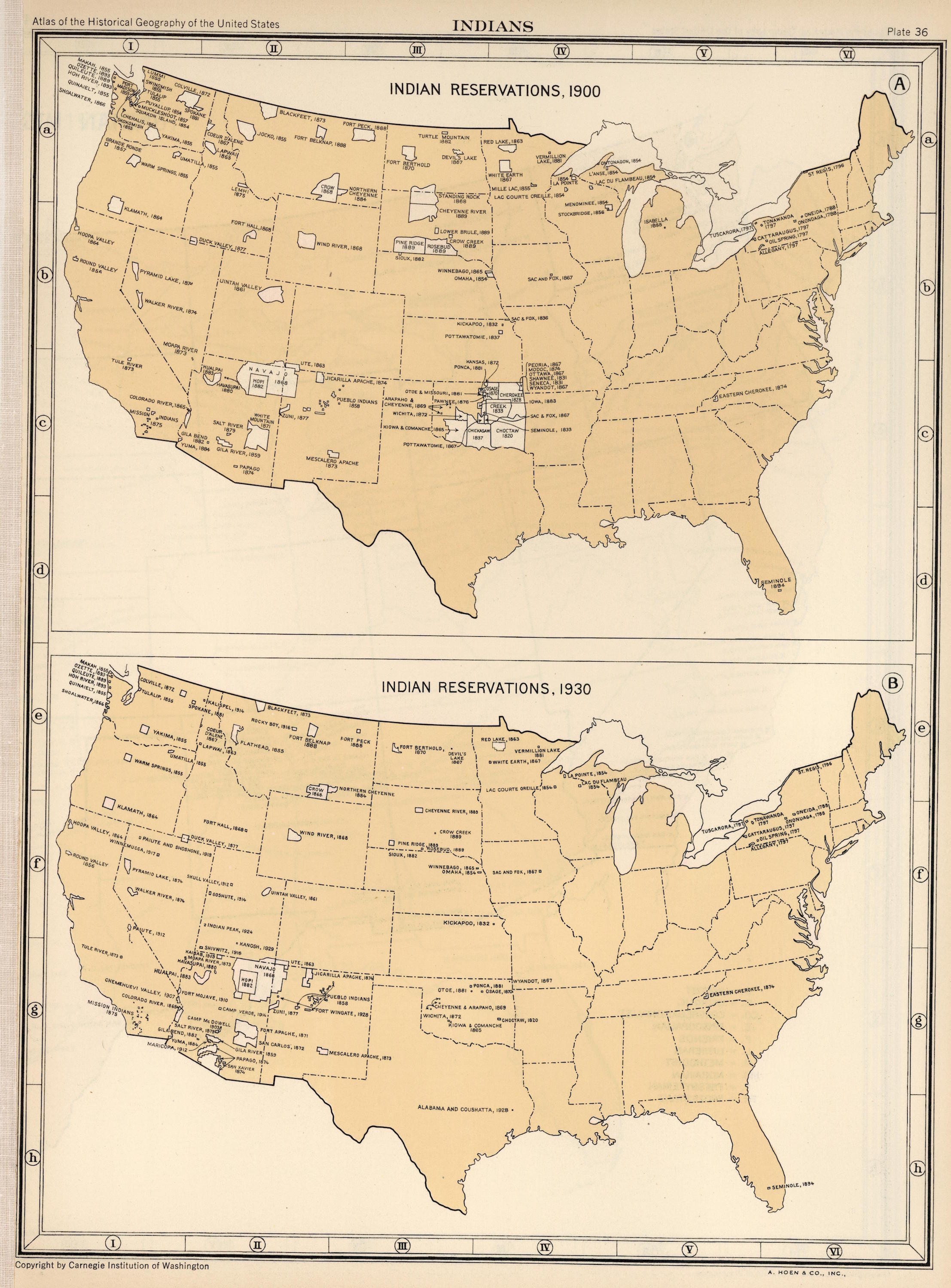California’s Hidden Worlds: A Journey Through the State’s Indian Reservations
California’s Hidden Worlds: A Journey Through the State’s Indian Reservations

California, a land of sunshine and beaches, is also home to a rich and vibrant Native American history. Scattered across the state, like ancient jewels hidden within a vast landscape, are the sovereign territories of California’s Native American tribes. These lands, known as reservations, hold a powerful story of resilience, cultural preservation, and a deep connection to the land.
But navigating this intricate tapestry of reservations can feel daunting. Where are these reservations located? What tribes call them home? And what unique cultural experiences can you find there? This article aims to be your guide, offering a glimpse into the diverse world of California’s Indian reservations, their history, and the incredible opportunities they offer for cultural exploration.
Related Articles: California’s Hidden Worlds: A Journey Through the State’s Indian Reservations
- Unveiling the Heart of New England: Discover the Enchanting World of Indian Reservations
- Discover the Enchanting World of the Indian Reservation near Cortez, CO
- Unveiling the Native American Heritage of Colorado: Discoveries and Insights
- Unveiling the Federal Recognition of the Potawatomi Tribe: Discoveries and Insights
- Unveil the Culinary Tapestry of "Indian food jakarta pusat": A Journey of Flavors and Authenticity
A Tapestry of Tribes and Territories
California boasts the highest number of federally recognized tribes in the US, with over 100 different groups calling the state home. These tribes, each with their own distinct language, traditions, and stories, have lived on these lands for centuries, long before the arrival of European settlers.
The map of California’s reservations is a testament to the state’s diverse Native American heritage. From the rugged mountains of the Sierra Nevada to the sun-drenched valleys of the Central Coast, each reservation tells a unique story.
Delving into the Map: A Regional Overview
To understand the geography of California’s reservations, it’s helpful to break them down by region:
1. Northern California: This region, known for its towering redwoods and rugged coastline, is home to some of the state’s largest reservations. The Hoopa Valley Tribe in Humboldt County, known for its stunning natural beauty, is one such example. The Yurok Tribe in Del Norte County, famous for its traditional fishing practices and connection to the Klamath River, offers a glimpse into a rich cultural heritage.
2. Central California: This region, encompassing the iconic Yosemite National Park and the rolling hills of the Central Valley, is home to a diverse array of tribes. The Tule River Tribe in Tulare County, known for its strong cultural traditions and its commitment to preserving its language, is a prime example. The Santa Ynez Band of Chumash Indians in Santa Barbara County, renowned for its beautiful coastal location and its dedication to cultural preservation, offers a unique blend of history and modern life.
3. Southern California: This region, known for its bustling cities and sun-drenched beaches, also harbors a wealth of Native American history. The Morongo Band of Mission Indians in Riverside County, known for its casino and its commitment to economic development, is a testament to the tribe’s entrepreneurial spirit. The Pala Band of Mission Indians in San Diego County, famous for its beautiful casino and its dedication to cultural preservation, offers a glimpse into the vibrant world of Southern California’s Native American heritage.

Beyond the Map: The Spirit of Sovereignty
It’s crucial to remember that these reservations are not just geographic locations; they are sovereign nations. Each tribe governs its own land, manages its own resources, and maintains its own unique culture. Visiting these reservations is an opportunity to experience a different way of life, one rooted in tradition and respect for the land.
Exploring the Reservations: A Journey of Discovery
Visiting California’s reservations offers a chance to connect with the state’s rich Native American heritage. Here are some of the ways you can engage with these unique communities:
1. Cultural Centers and Museums: Many reservations have museums and cultural centers dedicated to preserving and sharing their heritage. These spaces offer a glimpse into the tribes’ history, traditions, and art. You can learn about their language, their stories, and their connection to the land.

2. Traditional Arts and Crafts: Many reservations offer opportunities to experience traditional arts and crafts. You can witness skilled artisans creating beautiful beadwork, weaving intricate baskets, or carving intricate wooden sculptures. These crafts are not just beautiful; they represent the heart and soul of the tribe’s culture.
3. Powwows and Festivals: Powwows are vibrant celebrations of Native American culture, featuring traditional dancing, singing, drumming, and storytelling. They are a chance to witness the beauty and spirit of Native American tradition. Many reservations host powwows throughout the year, offering a glimpse into their unique cultural expressions.
4. Gaming and Entertainment: Some reservations have casinos, which provide economic opportunities for the tribes and offer entertainment options for visitors. These casinos are often a source of revenue for the tribes, allowing them to invest in education, healthcare, and community development.
5. Natural Beauty and Outdoor Recreation: Many reservations are located in areas of stunning natural beauty, offering opportunities for hiking, fishing, camping, and other outdoor activities. You can enjoy the peace and tranquility of the natural world while respecting the sacredness of the land.
Respectful Travel: Honoring the Land and Its People
When visiting California’s reservations, it’s essential to approach your journey with respect and sensitivity. Here are some tips for respectful travel:
1. Obtain Permission: Always seek permission before entering any sacred sites or participating in any cultural activities.
2. Dress Appropriately: Respect the cultural norms of the tribe you are visiting. Avoid wearing revealing clothing or anything that might be considered disrespectful.
3. Ask Before Taking Photos: Always ask permission before taking photos of people or sacred sites.
4. Be Mindful of Your Language: Avoid using offensive or disrespectful language.
5. Purchase Locally: Support local businesses and artisans by purchasing authentic crafts and souvenirs.
6. Learn About the Tribe’s History: Take the time to learn about the tribe’s history, culture, and traditions.
7. Be Patient and Understanding: Remember that you are a guest on the tribe’s land. Be patient and understanding, and be respectful of their customs and traditions.
The Future of California’s Reservations: A Legacy of Resilience
California’s Indian reservations are not just places of the past; they are vibrant communities shaping their own future. The tribes are working to preserve their culture, educate their youth, and create economic opportunities for their people.
They are also fighting for their rights and advocating for environmental protection. Their stories of resilience and their commitment to cultural preservation are an inspiration to us all.
FAQs: Your Questions Answered
1. What are the largest reservations in California?
The largest reservation in California by land area is the Hoopa Valley Tribe in Humboldt County. Other large reservations include the Yurok Tribe in Del Norte County, the Tule River Tribe in Tulare County, and the Morongo Band of Mission Indians in Riverside County.
2. What are the most popular reservations to visit in California?
Some of the most popular reservations to visit in California include the Hoopa Valley Tribe, the Yurok Tribe, the Santa Ynez Band of Chumash Indians, the Morongo Band of Mission Indians, and the Pala Band of Mission Indians. These reservations offer a blend of cultural experiences, natural beauty, and entertainment options.
3. How can I find out more about the tribes in California?
You can find information about California’s tribes on the websites of the California Native American Heritage Commission and the National Congress of American Indians. You can also contact individual tribes directly to learn more about their specific culture, history, and traditions.
4. How can I support California’s tribes?
There are many ways to support California’s tribes. You can visit their reservations, purchase their crafts, learn about their culture, and advocate for their rights. You can also donate to organizations that support Native American education, healthcare, and economic development.
5. What are the challenges facing California’s tribes today?
California’s tribes face a number of challenges, including poverty, lack of access to healthcare, and environmental degradation. They are also fighting for their rights to self-determination and sovereignty.
A Journey of Understanding: Exploring California’s Hidden Gems
Visiting California’s Indian reservations is an opportunity to connect with the state’s rich and vibrant Native American heritage. It’s a chance to learn about their history, their culture, and their resilience. It’s also a chance to appreciate the beauty and diversity of California’s landscape and the people who have called it home for generations.
So, embark on your own journey of discovery. Explore the map, learn about the tribes, and experience the unique cultural offerings of California’s Indian reservations. You’ll be surprised by what you find. And remember, every visit is a chance to contribute to the understanding and appreciation of these remarkable communities.

Closure
Thus, we hope this article has provided valuable insights into California’s Hidden Worlds: A Journey Through the State’s Indian Reservations. We thank you for taking the time to read this article. See you in our next article!
